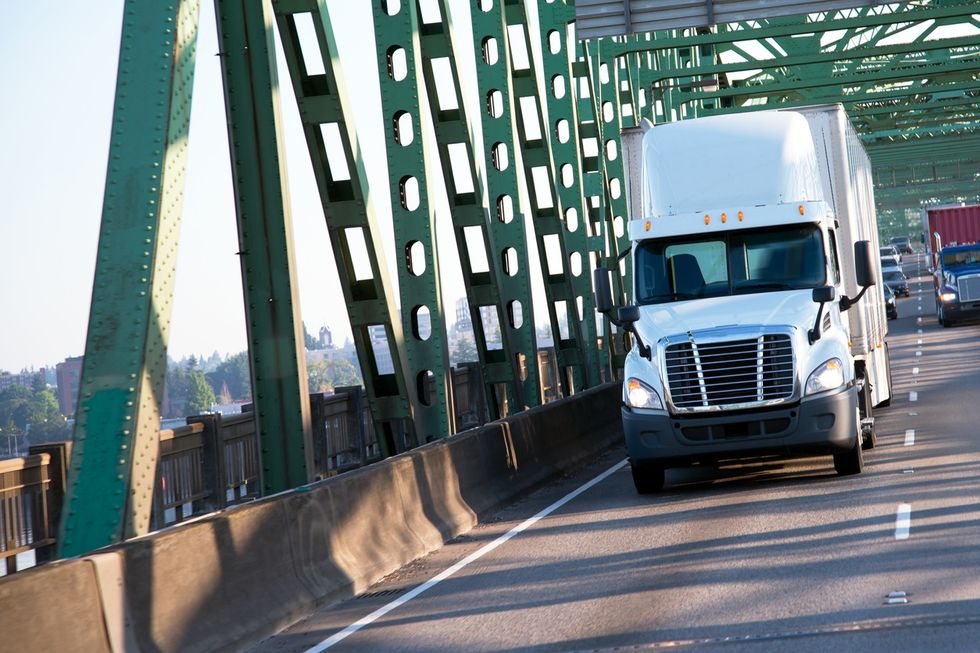
Commercial Vehicle Brake Health the Focus of Brake Safety Week
Brake components will be the focus of the Commercial Vehicle Safety Alliance’s (CVSA) Brake Safety Week, Sept. 15-21, with inspectors conducting roadside commercial vehicle safety inspections across North America.
The CVSA is focusing on brake hoses and tubing as a way to remind drivers of the special role brakes play in the overall mechanical fitness and safety of commercial vehicles.
The goal of Brake Safety Week is to reduce the number of crashes caused or influenced by faulty brake systems on commercial motor vehicles by conducting roadside inspections and identifying and removing unsafe commercial motor vehicles from roadways, according to the CVSA.
“We all know how important a properly functioning brake system is to vehicle operation,” said CVSA President Chief Jay Thompson with the Arkansas Highway Patrol. “All components of the brake system must always be in proper operating condition. Brake systems and their parts must be routinely checked and carefully and consistently maintained to ensure the health and safety of the overall vehicle.”
Routine pre- and post-trip inspections – which include brake health – are a key component to Penske Logistics’ safety regimen.
“Even though we have seen a decrease year over year, brakes remain our most common violation at a roadside inspection,” said Jason Herr, vice president of safety. “With vigilance, we complete daily vehicle inspection reports, and we maintain an open line of communication with our world-class maintenance department.”
Brake systems on commercial vehicles feature components that work together to slow and stop the vehicle, and brake hoses and tubing are essential for the proper operation of those systems, according to the CVSA.
Brake hose and tubing must be attached properly, be undamaged, without leaks and be appropriately flexible. When those components do fail, they can cause problems for the rest of the braking system, the CVSA said.
Mike Hasinec, vice president of maintenance support with Penske Truck Leasing, said there are steps drivers can take to minimize the risk of a violation.
For example, with automatic slack adjusters in vehicles, brakes are sometimes cited as being out of adjustment when they are on the verge of adjusting. To prevent that, Hasinec advises drivers to apply the brakes several times at a high PSI level—90 or better—when pulling into a scale.
The chafing of brake lines can result in an out-of-service violation, so the routing and clipping of brake lines should be checked at every preventive maintenance interval.
Hasinec also suggests drivers and technicians regularly inspect their glad hand seals where the tractor and trailer connect to minimize the risk of corrosion within the braking system.
In addition to enforcement, Brake Safety Week will also feature outreach and awareness efforts to educate drivers, motor carriers, mechanics, owner-operators and others on the importance of proper brake maintenance operation and performance.
Vehicles with critical brake violations or other critical vehicle inspection item violations will be prevented from traveling until the violations are corrected. For vehicles passing the inspection, the CVSA will provide a decal.
By Bernie Mixon